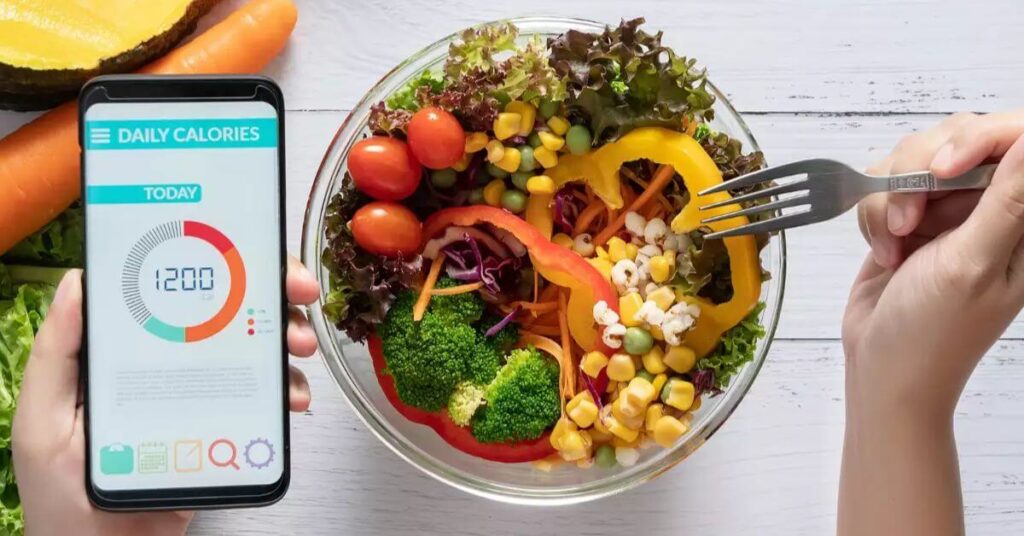Are you one of many people who want to lose weight and live a better lifestyle? If so, you’ve probably heard the age-old question, “How much should you eat for weight loss?” Navigating the world of calorie consumption can be difficult, but fear not!
Understanding the foundations of portion control and calorie management will help you achieve long-term weight loss.
Let’s get started!
Understanding Caloric Needs
Determining the right amount of food to consume for weight loss begins with understanding caloric needs. Calculating your basal metabolic rate (BMR) and total daily energy expenditure (TDEE) provides a baseline for creating a sustainable calorie deficit conducive to weight loss.
Let’s go through some of the diet styles that you can adopt for a good change!
Different Diet Styles to Follow for Weight Loss

1. The Mediterranean-Style Diet
Characterized by an abundance of fruits, vegetables, whole grains, lean proteins, and healthy fats such as olive oil and nuts, the Mediterranean-style diet emphasizes wholesome, nutrient-rich foods. This dietary pattern not only supports weight loss but also offers numerous health benefits, including reduced risk of heart disease and improved overall well-being.
2. DASH Diet
The Dietary Approaches to Stop Hypertension (DASH) diet prioritizes fruits, vegetables, lean proteins, and low-fat dairy while minimizing sodium intake. By focusing on portion control and nutrient-dense foods, the DASH diet helps in weight loss and promotes heart health, making it a valuable dietary strategy for those aiming to shed excess pounds.
READ MORE: How Many Exercises per Muscle Group Should You Do?
3. Intermittent Fasting
Intermittent fasting involves alternating periods of eating and fasting and has gained popularity for its potential weight loss benefits.
Whether following the 16/8 method, 5:2 diet, or alternate-day fasting, intermittent fasting can improve metabolic health, regulate appetite, and enhance fat burning, though individual results may vary based on adherence and lifestyle factors.
4. Keto Diet
The ketogenic (keto) diet is a low-carbohydrate, high-fat eating plan designed to induce a state of ketosis, where the body burns fat for fuel.
By drastically reducing carbohydrate intake and increasing fat consumption, the keto diet promotes rapid weight loss and may offer benefits for certain individuals, particularly those with insulin resistance or epilepsy.
However, adherence to the keto diet requires careful monitoring and may not be suitable for everyone.
5. Determining Portion Sizes
Regardless of the dietary approach chosen, understanding proper portion sizes is essential for successful weight loss. Techniques such as using smaller plates, measuring food portions, and practising mindful eating can help individuals manage their calorie intake and prevent overeating.
| For better help, you can even switch to a Healthy Eating Plate by Harvard School of Public Health. |
Wrapping Up
Achieving weight loss involves a combination of portion control, dietary choices, and lifestyle modifications.
By incorporating insights from dietary strategies such as the Mediterranean-style diet, DASH diet, intermittent fasting, and the keto diet, individuals can tailor their eating habits to support their weight loss goals effectively.
Remember, the key to long-term success lies in finding a balanced approach that promotes overall health and well-being.





